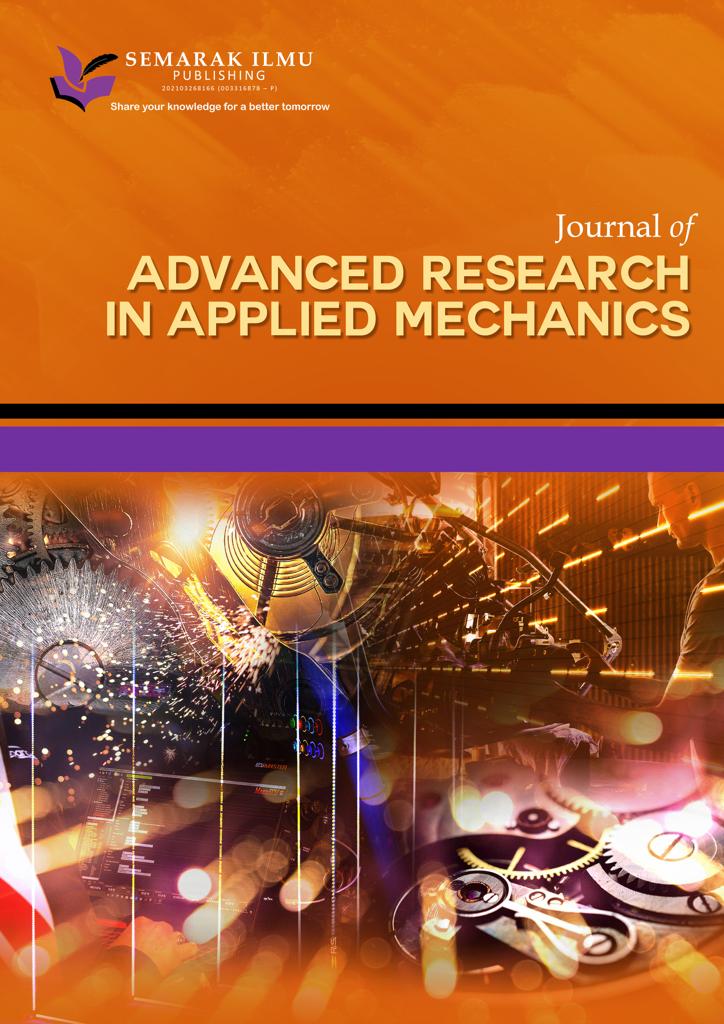Perlis State Soil Series: Plant Available Water, Field Capacity, Permanent Wilting Point, and its Uncertainty
DOI:
https://doi.org/10.37934/arfmts.95.2.137145Keywords:
Soil moisture content, water flow, gravitational drainage, Perlis soil series, Perlis soil texturesAbstract
Hydrological cycle is affecting the recycling of water in the human sphere. A smaller scale of the environment like Perlis state is also in constant exchange of water with its surrounding environment like atmospheric air, soil, groundwater, lake, and river. This study focusses on the Perlis state soil. Water enters the soil because of rainfall event. The event is known as water infiltration. However, human activities like irrigation have speed up the exchange of water in the soils resulting not only bulk water movement but also chemical transports such as pesticide, herbicide, nutrients, and other soluble substances. This study is intended study the water carrying capacity of the Perlis soils, i.e. field capacity, permanent wilting point, and plant available water to demonstrate the amount of water that can be supplied to the soil without any wastage. The study identifies ten soil series in Perlis state that can be broadly divided into five categories. Among the soil series, Chengai, Kangar, Hutan, Sogomana, Gajah Mati, Kundor, and Tualang soil series were found to constitute the highest plant available water that it could store more water for crop usage than the other soil series. Also, the study investigates the uncertainty of plant available water caused by different input parameters within one standard deviation. The study concludes that crop irrigation at field capacity was necessary to avoid water wastage than irrigation at fully saturated soil water content.
Downloads



























